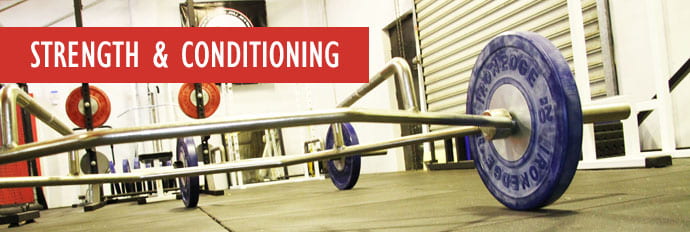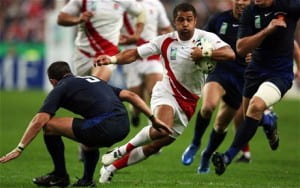What is Agility?
Agility is the ability to move and change direction and position of the body quickly and effectively while maintaining control. Agility requires quick reflexes, co-ordination, balance, speed, and quick response to the changing situation (Mackenzie, 2000).
To be agile, means that you respond to what is going on around you and relaying information into the body to help maintain balance,control and body position. You also move into the best position to take the next action effectively, such as catching a ball or making a tackle. In surfing, skiing and snowboarding you must be agile to react to the changing conditions of the surface. Individual sports like tennis, handball, squash and table tennis you have to be able to quickly react to the position of the ball (Sheppard and Young, 2006; Pereira et al., 2016).
Key Component in Sport and Physical Activity
Agility is a key component within fitness and everyday life , people use it with out even thinking about it. In most sports agility is used, in team sports such as rugby, football, basketball, hockey and volleyball you must be able to react to movement of both the player and the ball (Young et al., 2001).
Agility Drills
Below is a list of agility drills that are used for all types of sports participants;
- Lateral plyometric jumps – https://www.fitnessblender.com/blog/plyometric-jumps-the-best-plyometrics-jumping-exercises
- Tuck jumps – http://sportsmedicine.about.com/od/sampleworkouts/qt/Tuck_Jumps.htm
- Shuttle runs – http://sportsmedicine.about.com/od/sampleworkouts/a/shuttlerun.htm
- Forward and backward sprints – http://www.coachingrugby.com/drills/Rugby/Agility-Running-Skills/Forward-sprints-Backward-sprints-Straightline2rfu.jsp
- Speed ladder agility drills – http://www.sport-fitness-advisor.com/ladder-agility-drills.html
- Stair running –http://www.stack.com/a/stair-workout
Some of these exercises are specific to certain sports but most of the exercises can be utilized to be done either on a field or in a back garden. You can also follow the link below to have a look at a range of exercises that have been specifically put together for all abilities.
http://www.brianmac.co.uk/agility.htm
Below is a video for agility with coaching points and freeze frames explaining what is focused upon and how the exercise can be progressed.
References
Mackenzie, B. (2000) Agility. [Online] Available from: http://www.brianmac.co.uk/agility.htm [accessed 14 March 2016].
Pereira, C., Baptista, F. and Crus-Ferreria, A. (2016) Role of physical activity, physical fitness, and chronic health conditions on the physical independence of community-dwelling older adults over a 5-year period. Archives of Gerontology and Geriatrics. Vol. 17, No. 65: 45-53.
Sheppard, J.M. and Young, W.B. (2006) Agility literature review: Classification, training and testing. Journal of Sports Science. Vol. 24, No. 9: 919-932.
Young, W.B., McDowell, M.H. and Scarlett, B.J. (2001) Specificity of sprint and agility training methods. Journal of Strength and Conditioning. Vol. 15, No. 3: 315-319.




